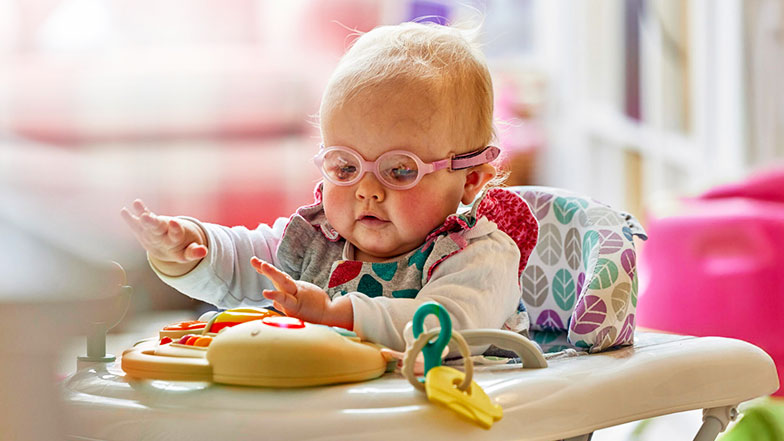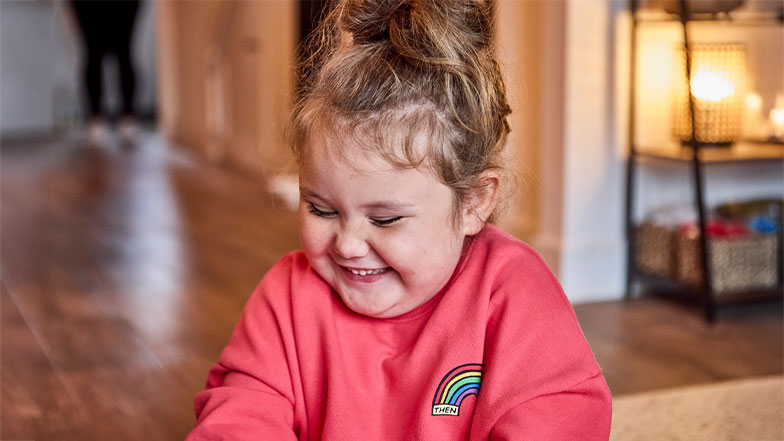Eye care support pathway for children & young people in England
The eye care support pathway for children and young people with a vision impairment in England is a new framework for families, health and social care professionals, commissioners and charities. It is designed to ensure children and young people get the support they need.
The pathway provides a clear outline of what support children, young people and their parents can expect on their journey from initially noticing a possible eye condition, through to living well with vision impairment. It brings together the NHS healthcare support journey in England with wider social and educational services, aiming to empower families with the knowledge and confidence they need to access support.
For health, education and social care professionals and commissioners, the pathway provides an overview of what good practice care and support looks like, supporting the provision of integrated care. This guidance was developed in collaboration with health, education and social care professionals, children and families, and experts from across the charity sector. It’s designed to sit alongside the Eye Care Support Pathway for adults and the Curriculum Framework for Children and Young People with a Vision Impairment.
Download the full pathway for further information on what to expect during a child's journey with vision impairment
Note: This is an accessible PDF. If you would like a word document version, please contact us at:
How to use this resource
The pathway:
The pathway is divided into four stages:
- Having the initial appointment
- Having the diagnosis confirmed
- Support after diagnosis
- Living well with a vision impairment
Each section outlines the expected chronological support journey for a child or young person.
This can be used as a guide, helping both parents and professionals to navigate all the support available.
Support Requirements
Each stage of the pathway is accompanied by ‘support requirements’.
Developed with children, young people and their families, these set out what someone should know and feel at each stage of the pathway.
They provide an overview of good practice care and support, from the perspective of those receiving it.
Standards and guidance
This section outlines examples of the official standards of care and support that people should expect.
They have been taken from existing professional standards and guidance from organisations such as The Royal College of Ophthalmologists, The College of Optometrists, and the National Institute for Health and Care Excellence (NICE).



